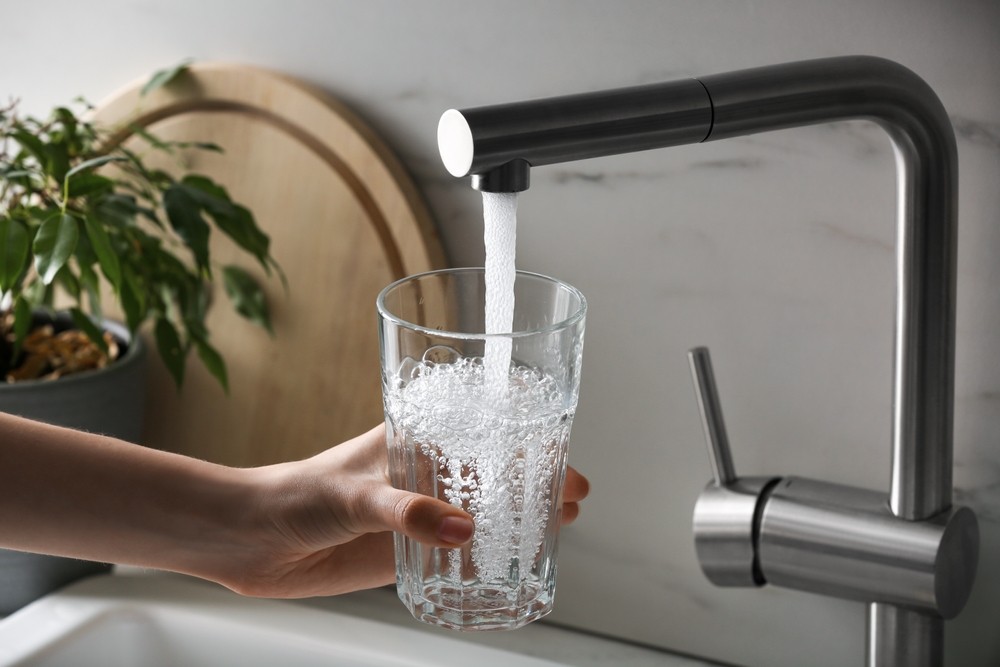When it comes to home improvement projects, the focus often lands on the big-ticket items like appliances or cabinetry. However, one of the most frequently used and overlooked fixtures in any home is the faucet. It’s indispensable in kitchens and bathrooms, serving both practical and aesthetic purposes. Yet, not all faucets are created equal, and their price tags can vary dramatically. Some faucets cost mere tens of dollars, while others can fetch hundreds. What drives this cost disparity, and is it truly worth investing in a pricier model?
Material and Construction Quality
The primary factor influencing faucet prices is the quality of materials used in their construction. Budget faucets are typically made from lower-grade materials like plastic or lightweight aluminum, which may decrease their durability and lifespan. In contrast, higher-end faucets often utilize solid brass, stainless steel, or bronze. These materials are not only more robust but also resistant to corrosion and wear, which can be pivotal in a wet environment.
Solid brass is considered the gold standard in faucet materials due to its durability and resistance to corrosion. Brass faucets often exhibit a weighty heft, signaling their high quality. Stainless steel faucets, meanwhile, offer a sleek and modern appearance, coupled with rust and tarnish resistance. These materials can substantially increase the cost but also enhance the longevity and functionality of the faucet.
Design and Aesthetics
Beyond functional aspects, faucets are also a significant design element within a home. High-end faucets often come in a variety of styles and finishes that can compliment or even elevate a room’s decor. Whether opting for a vintage look with an oil-rubbed bronze finish or a minimalistic design with a matte black finish, luxury faucets can serve as a statement piece in both kitchens and bathrooms.
Manufacturers of premium faucets may collaborate with well-known designers or brands, adding an exclusive touch that can increase the price. These designer faucets are not just about aesthetics—many are crafted with a keen attention to detail, showcasing innovative silhouettes and features that distinguish them from more generic models.
Technology and Features
Technological advancements have entered the realm of plumbing fixtures, adding an array of features that can greatly affect pricing. Touchless technology, for instance, has become increasingly popular. Touchless faucets, which often utilize infrared or motion sensors, provide a more hygienic experience by mitigating the need to physically touch the handles, thereby minimizing the spread of germs.
Moreover, some high-end faucets offer integrated water filtration systems, allowing for clean, purified water instantaneously. Features like adjustable spray patterns, temperature memory settings, and LED indicators for water temperature offer enhanced usability and convenience, which often justify the higher cost.
Smart technology is also making its way into faucet design. Some models can connect to smart home systems, allowing users to control water flow and temperature via voice commands or smartphone applications. While these features undoubtedly offer a luxury touch, they contribute significantly to the overall price.
Brand Reputation
Just as in any industry, brand reputation plays a crucial role in the pricing of faucets. Well-established brands with a history of quality and reliability often command higher prices. Companies like Kohler, Delta, and Moen are renowned for their craftsmanship and innovation in faucet manufacturing, which often comes with a premium.
These brands often provide extensive warranties and customer service options, which can lend peace of mind to the consumer. Investing in a trusted brand may often equate to investing in long-term durability and satisfaction.
Installation and Maintenance Costs
The cost of a faucet does not end at the purchase price. Higher-end models may require professional installation, particularly if they include technology or features unfamiliar to a layperson. The complexity of installation can add to the overall cost, but it’s essential to ensure that the faucet operates as intended and to avoid potential damage or leaks.
Maintenance is another long-term consideration. Premium faucets often feature components that are less likely to degrade over time, reducing the need for repairs or replacements. In addition, many high-end models offer easy access to replacement parts, ensuring that they remain functional for many years.
Environmental Considerations
The rising emphasis on sustainability has led to the development of faucets designed to conserve water without sacrificing performance. Many high-end faucets feature flow restriction technology, which limits water usage while maintaining pressure. Although such eco-friendly designs may be available at lower price points, premium models often offer improved functionality along with their green credentials.
Water-efficient faucets can lead to long-term savings on utility bills, making them appealing not only from an environmental standpoint but also an economic one. Considering this, a more expensive faucet might offer financial benefits down the line.
Is It Worth the Investment?
Whether a high-priced faucet is worth the investment depends on various factors, including one’s budget, functional needs, and aesthetic preferences. If you’re renovating a high-use kitchen or bathroom, investing in a durable, high-quality faucet can provide lasting value both in terms of performance and style.
For homeowners with a penchant for design, a premium faucet serves a dual role as a functional fixture and a piece of decor. In such instances, the additional cost may be justified by the enhancement it brings to the overall look of the space.
However, if the budget is tight or the home is temporary, it might be more prudent to opt for a mid-range option that offers decent quality without the additional features. Striking a balance between cost and functionality is key.
Ultimately, a faucet is more than just a utilitarian fixture; it’s a critical component in the daily life of a home. The decision to opt for a more expensive model should weigh not only the initial financial outlay but also the longevity, functionality, and design delight it can offer over time. With informed decisions, investing in the right faucet can enhance both your home and your daily routines.



